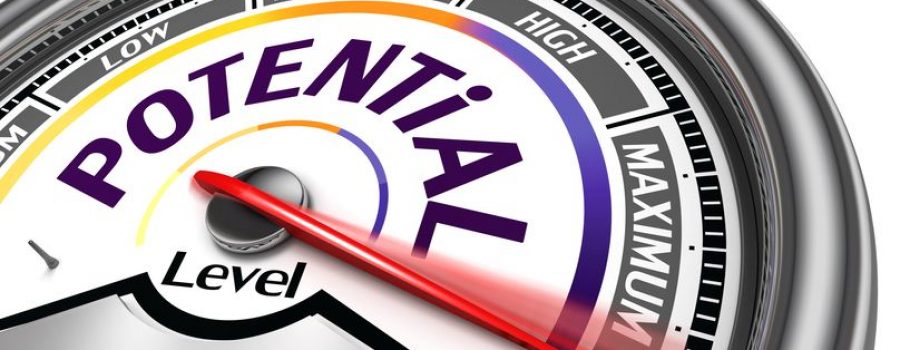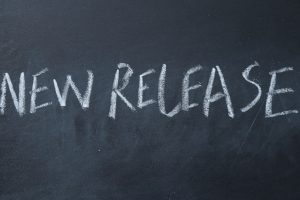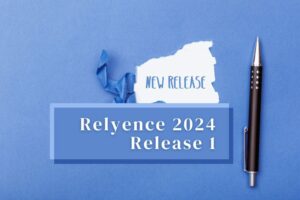This article is an excerpt from our “Getting the Most Out of Your Closed-Loop Corrective Action Process” white paper.
Product-centered companies, large to small, engage in some type of closed-loop corrective action (CLCA) process. It may be formal or not, tightly controlled or loosely developed, but it exists in some manner. A closed-loop management system is a process to manage, track, and correct problems or issues. The process begins with problem report and identification, progresses through identifying a corrective action, and finally concludes with implementing the corrective action to resolve the issue.
The core of any closed-loop system is the step-by-step process of problem identification to problem resolution. If any step of the process is not completed – a problem is not recorded, a corrective action is not identified, a corrective action is not implemented – the loop is broken. Far too often, experiences with a broken loop lead organizations to implement a controlled, trackable closed-loop system. Over time, most companies realize the necessity of implementing a system to effectively manage the handling of reported issues. While the processes established vary tremendously, most corporations have settled on some type of software system to track and manage issues as they arise.
Closed-Loop Corrective Action Methodologies
The most common terms used for this type of process management system are CAPA or FRACAS. CAPA (Corrective and Preventive Action) and FRACAS (Failure Reporting, Analysis, and Corrective Action System) are built on a step-by-step approach to process control. The objective behind CAPA and FRACAS, or any process management methodology, is quality improvement.
There are many commonly recognized and accepted methods for control and continual process improvement including 8D, PDCA (Plan-Do-Check-Act), and DMAIC (Define, Measure, Analyze, Improve, Control). For more information about process control methods, and a description of the 8D steps, read more at Relyence FRACAS Process Control.
New to FRACAS?
If you are new to FRACAS and have not yet implemented a structured process management system, you can review a number of articles posted on the Relyence web site. You can also learn how you can benefit from using a FRACAS software tool to manage your process. Read more at New to FRACAS?, Is it CAPA or is it FRACAS?, and Relyence FRACAS Product Page.
Ready to Learn How to Extend your FRACAS?
Whether you have implemented an accepted methodology, such as PDCA, DMAIC, or 8D, or use a custom process tailored to your needs, your CAPA or FRACAS management system contains a wealth of information. Most often, corrective action management tools are not extended beyond their main purpose: process tracking and control. However, due to the all the data captured and available in FRACAS, your closed-loop corrective action system can offer a wide range of insights and metrics that add even more benefits.
So how can you extend your FRACAS to maximize its potential? There are several key ways you can utilize your FRACAS data to gather new insights, and even compute vital metrics, to enable you to even further advance your quality improvement efforts.
In our white paper, we have organized the ways you can extend your FRACAS into three key concepts:
- You can’t control what you can’t measure.
- There’s more than one way to close the loop.
- Make sure you see the forest.
These concepts cover various techniques to use your FRACAS-based data in new ways. Our white paper discusses each concept and reveals new ideas for getting the most out of your FRACAS data.
Learn How to Get the Most Out of Your Corrective Action System
The “Getting the Most Out of Your Closed-Loop Corrective Action Process” white paper covers the following topics:
- What is a Closed-Loop Management System?
- Closed-Loop Process Management Methodologies
- Are You New to FRACAS?
- Discover What’s Hiding in Your FRACAS Data
- You Can’t Control What You Can’t Measure
- Is Your Process Effective?
- Can You Improve Your Product?
- There’s More Than One Way to Close the Loop
- Reliability Prediction
- Maintainability Prediction
- Weibull Analysis
- FMEA
- Make Sure You See the Forest
- Dashboard
- Trend Analysis
- Conclusion
Download the full white paper here. If you are interested in learning more about Relyence FRACAS software, contact us or start your free trial today!




